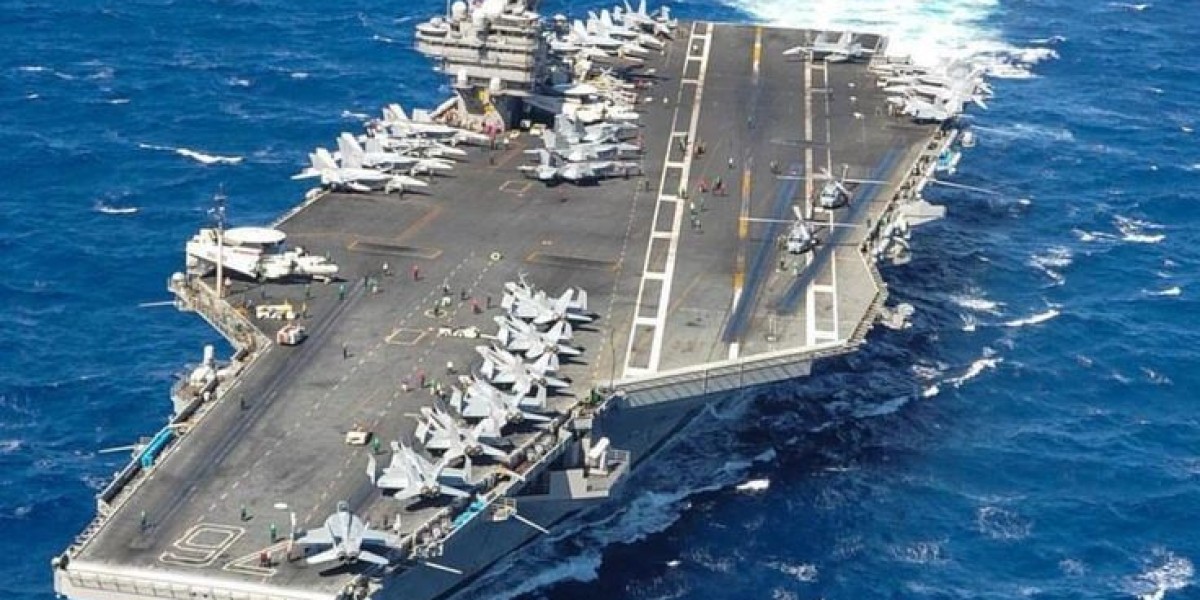As the world sails through a complex and unpredictable geopolitical environment, the role of naval power has become more critical than ever. In 2025, global navies are redefining maritime strength through innovation, partnerships, and strategic foresight. "TheVeza" presents the 10 Essential Navy Current Affairs for 2025 that highlight how modern navies are preparing for the future while responding to present-day threats.
1. Indo-Pacific Dominance and Strategic Realignment
The Indo-Pacific remains a focal point of maritime tension and cooperation in 2025. With rising assertiveness from China in the South China Sea, nations like the United States, India, Australia, and Japan have increased naval collaborations under frameworks such as the Quad. This realignment not only emphasizes regional security but also sets a new precedent for multilateral naval exercises like Malabar 2025, which saw the highest participation to date.
2. Unmanned Naval Systems on the Rise
Autonomous surface and underwater vehicles are redefining warfare. In 2025, navies are actively deploying Unmanned Surface Vehicles (USVs) and Autonomous Underwater Vehicles (AUVs) for reconnaissance, mine detection, and even combat support. The U.S. Navy’s Ghost Fleet Overlord project and India’s Maritime Unmanned Systems roadmap demonstrate global investment in unmanned warfare.
3. Cybersecurity as the New Naval Frontier
As naval fleets rely increasingly on digitization, cybersecurity is now a vital area of focus. The year 2025 has already seen several attempts to breach maritime control systems, prompting major investments in cyber-resilient infrastructure and AI-powered threat detection. NATO and partner navies are integrating cyber exercises into traditional war games, reflecting the hybrid nature of modern naval conflicts.
4. Green Navy Initiatives and Decarbonization Goals
Sustainability has reached the high seas. The Royal Navy, U.S. Navy, and several European maritime forces have committed to net-zero emissions by 2050, with tangible steps in 2025 such as hybrid-electric propulsion systems, biofuel integration, and solar-powered auxiliary crafts. This green transition underscores the growing influence of climate change on defense planning.
5. Artificial Intelligence in Maritime Operations
AI isn’t just supporting backend systems anymore—it’s directly involved in real-time naval operations. In 2025, navies are leveraging AI for decision support systems, predictive maintenance, autonomous navigation, and threat analysis. The VezaTech report highlights how AI-backed systems reduced ship downtime by 32% across major navies.
6. Submarine Arms Race Intensifies
The underwater domain is heating up with a silent but fierce submarine arms race. In 2025, countries like China, Russia, and the United States have launched next-gen nuclear-powered submarines equipped with stealth tech and hypersonic missiles. Regional players such as South Korea and Australia are expanding their submarine fleets, enhancing deterrence in contested waters.
7. Enhanced Maritime Domain Awareness (MDA)
Maritime surveillance capabilities have significantly improved with the integration of space-based technologies, underwater sensor grids, and coastal radar systems. India’s Information Fusion Centre – Indian Ocean Region (IFC-IOR) is now a model for regional MDA, and 2025 has seen a surge in real-time maritime tracking collaborations.
8. Women Breaking Waves in the Navy
2025 marks a landmark year for gender inclusion in navies worldwide. From India’s first female naval aviator commanding a squadron to women-led nuclear submarine teams in the U.S. and U.K., the landscape is changing. Gender integration policies are being updated globally, and recruitment of women has risen by over 40% in the past three years.
9. Modernization of Naval Fleets
Navies are undergoing rapid modernization. With the commissioning of multi-role frigates, stealth corvettes, and aircraft carriers like India's INS Vishal, 2025 has become a defining year for high-seas capability expansion. Modular design and faster build times are key trends, enabling navies to scale efficiently.
10. International Naval Diplomacy and Peacekeeping
Soft power is emerging as a strategic naval tool. In 2025, humanitarian operations, joint patrols in piracy-prone zones, and naval diplomacy missions are on the rise. The Veza Special Report on "Naval Soft Power" outlines how navies are crucial in promoting peace, stability, and humanitarian aid during climate crises and conflicts.
Conclusion
From AI and submarines to sustainability and diplomacy, the navy current affairs of 2025 present a rich mix of innovation, strategy, and global cooperation. These developments not only highlight technological advancements but also reflect how naval forces are adapting to a rapidly changing world.
For defense analysts, policymakers, and enthusiasts, keeping a close watch on these trends is crucial. As TheVeza continues to monitor and analyze these shifts, one thing is clear: the oceans of 2025 are as dynamic and contested as ever.






